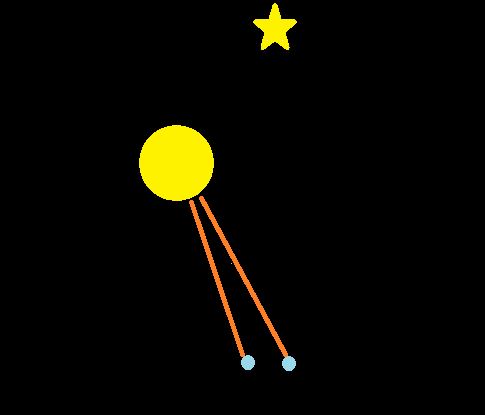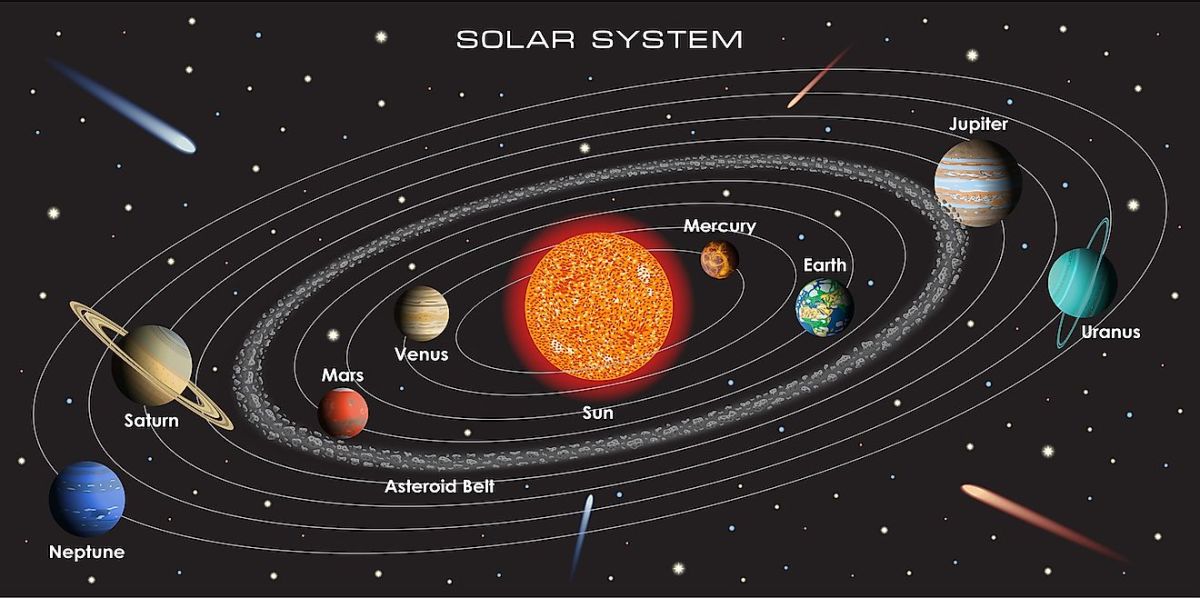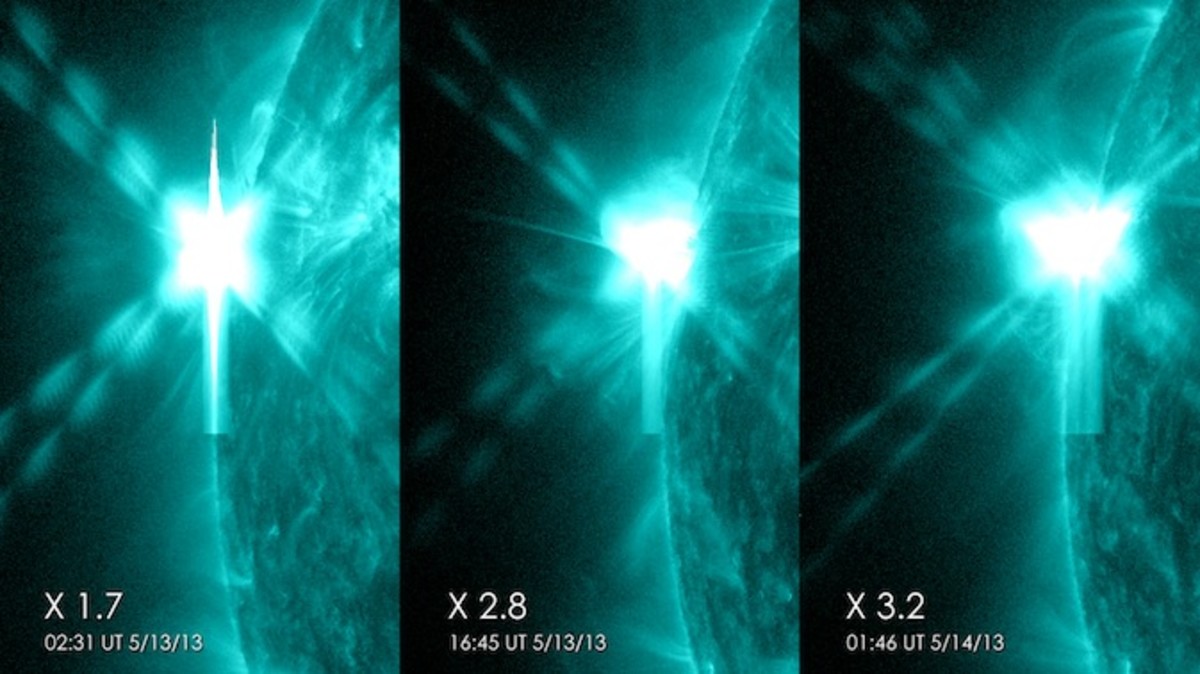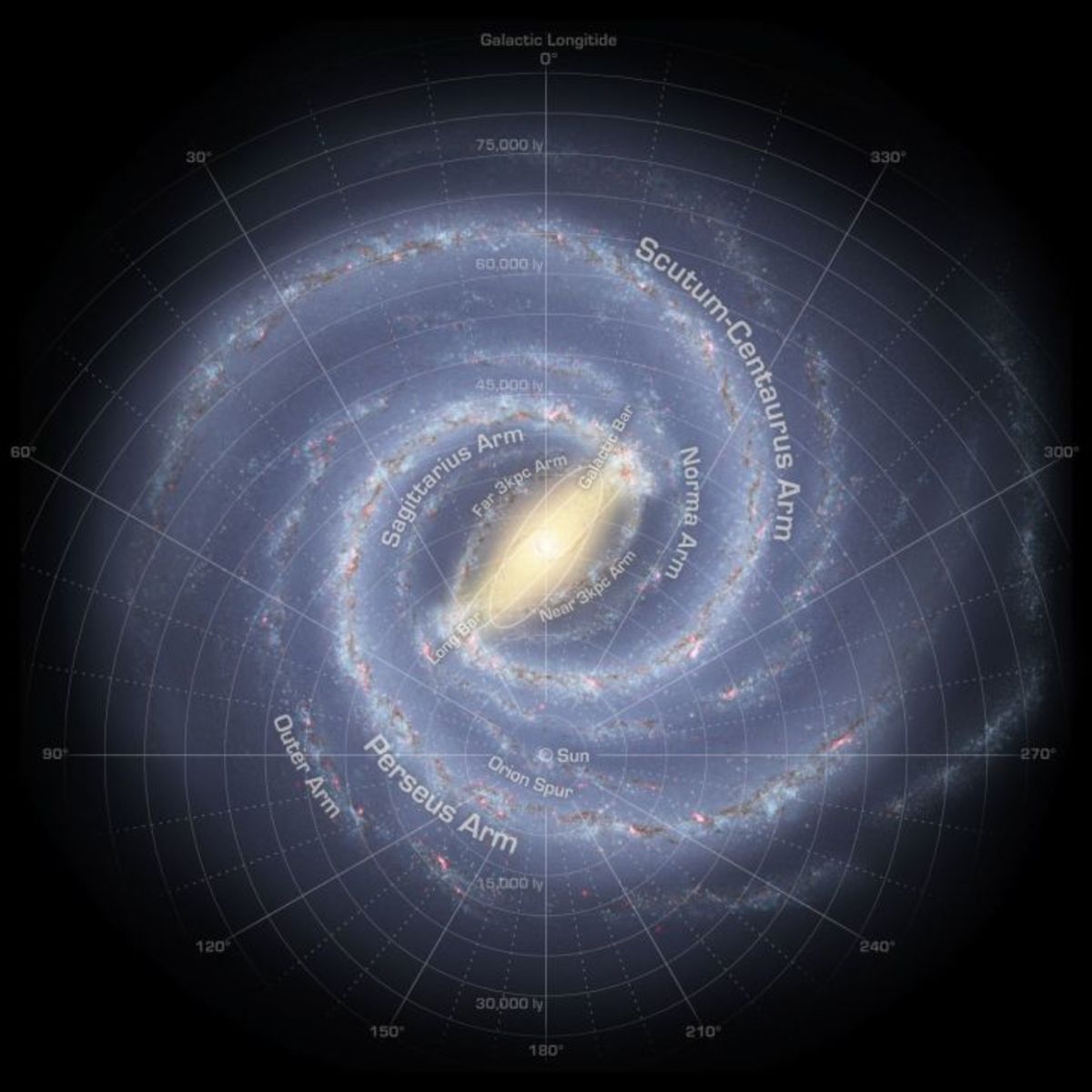Why Is There A Difference Between A Sidereal Day And A Solar Day?
All About Reference
When you ask most people how long a day is, the common answer is 24 hours. That's the amount of time that we say it takes for the sun to get back to the same position it is in the sky at any point. But we have to be careful, because this length of time is relative to the position of the sun, which is constantly in motion just as we are. But what if we used something besides the sun as our reference point? And even though we can, why would we need to do that in the first place?

The Sun and The Stars
We first need to better understand the planetary motions that occur and how they relate to our viewpoint from Earth before we go any further. Our planet orbits the sun in an elliptical orbit and as a planet goes through its orbit it also spins like a top. When we complete a full orbit around the sun and return to the same place on that path, we consider that a full year completed. This is in reference to our position relative to the sun. But as the Earth orbits around the sun it is also spinning on its axis. Both motions occur at the same time, so as we spin we are also progressing forward in our orbit. Because of this, our definition of a day depends on what we reference. If we use the sun as our standard, then it technically does not return to its exact place in the sky in the time that it takes the Earth to complete one rotation. In fact it take an extra few minutes for it to be in that same place. We have defined the 24 hours that it take for the Earth to return to this spot as a solar day.
Now, what if we wanted to know the actual time that it takes for the Earth to complete one full revolution, regardless of the position of the sun? We obviously cannot use the sun as our reference point for the above reasons. So what does not observably change position from night to night? The stars. Though they do indeed move around, their movement is so small that it is impossible to see this without optical aid. Fortunately, this is not beyond the means of scientists. We call the time it takes to return to this same position a sidereal day and it has a length of 23 hours, 56 minutes, and 4 seconds. A small difference, but an important one to make.
- What Is The Nice Model?
No one knows for sure how the solar system formed, but a possible answer lies in the Nice model. - Kepler and His First Planetary Law
Through famous for his namesake, the Kepler Space Telescope, Johannes Kepler is more renowned for his Three Planetary Laws. It was through the proof of the First that his skill was made plain.
© 2014 Leonard Kelley








